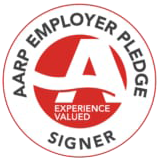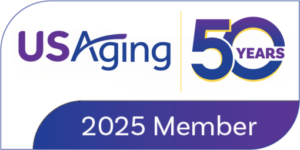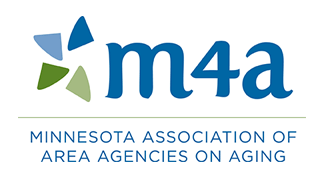Nursing Home Visiting During COVID-19
Back in March, when the pandemic first reared its ugly head, businesses were closed, shelter in place was the new normal, and visiting loved ones in nursing homes and similar venues was no longer permitted. This put stress on the loved one, family caregivers who visited regularly and especially families that wanted to gather as one was in their final days of life.
As of this writing, the Minnesota Department of Health released updated guidance on Essential Caregiver. It allows facilities (not all facilities have to participate) to develop policies and procedures that would allow a family member or other determined caregiver, whether a friend, volunteer or outside caregiver, to visit the person in the facility on a scheduled basis. The essential caregiver will have to wear the appropriate personal protective equipment and follow other facility guidelines related to the COVID-19 pandemic.
As previously mentioned, a facility does not have to follow this program, so please reach out to the facility where your loved one resides to inquire about this program. When visiting your loved one, whether virtually, outdoors or through this program, remember to:
Contact the facility and see what their guidelines are;
- Ask your loved one what they prefer (phone, virtual, other); and,
- Respect other residents’ privacy when visiting.
- Don’t forget that outdoor visitation is an option as well. The weather is beautiful right now in Minnesota, so take advantage of this program.
More information can be found at the Minnesota Department of Health webpage (www.health.state.mn.us). Stay tuned because this is a fluid situation.
Finally, the facilities are doing their best to work with you. They understand the hardship this is putting your loved one and their families under. Please work with and follow the guidance given to you by the facility.




